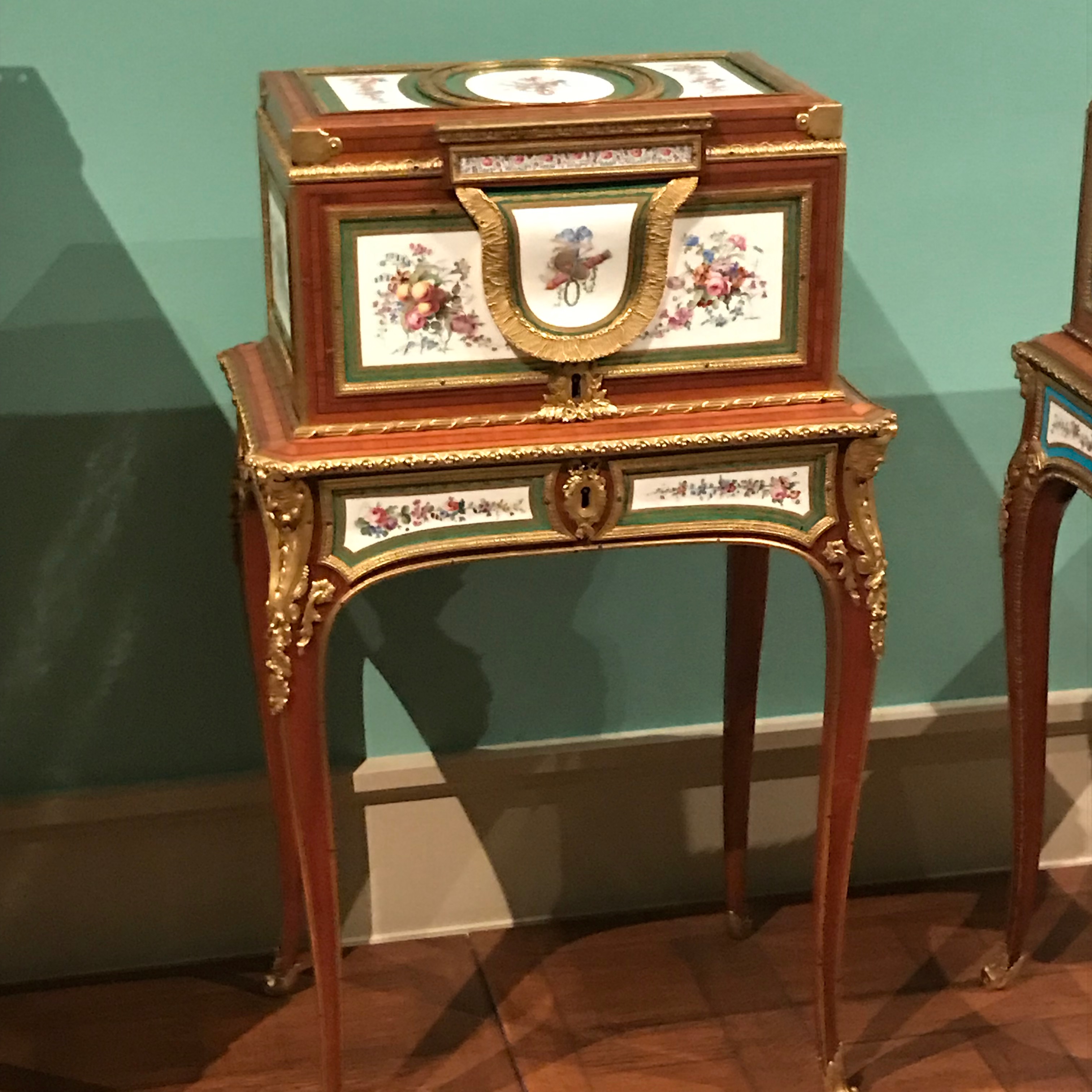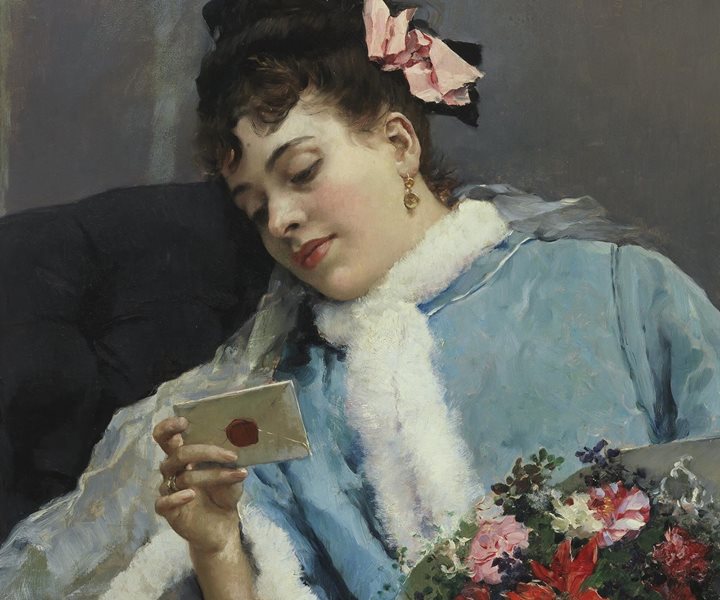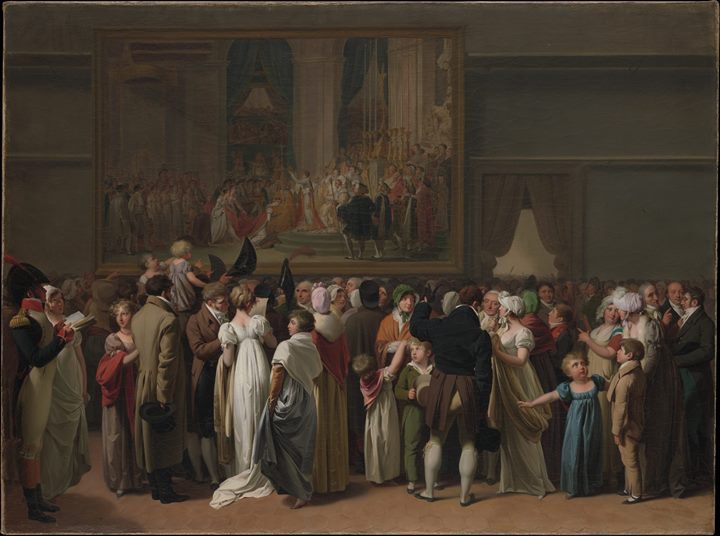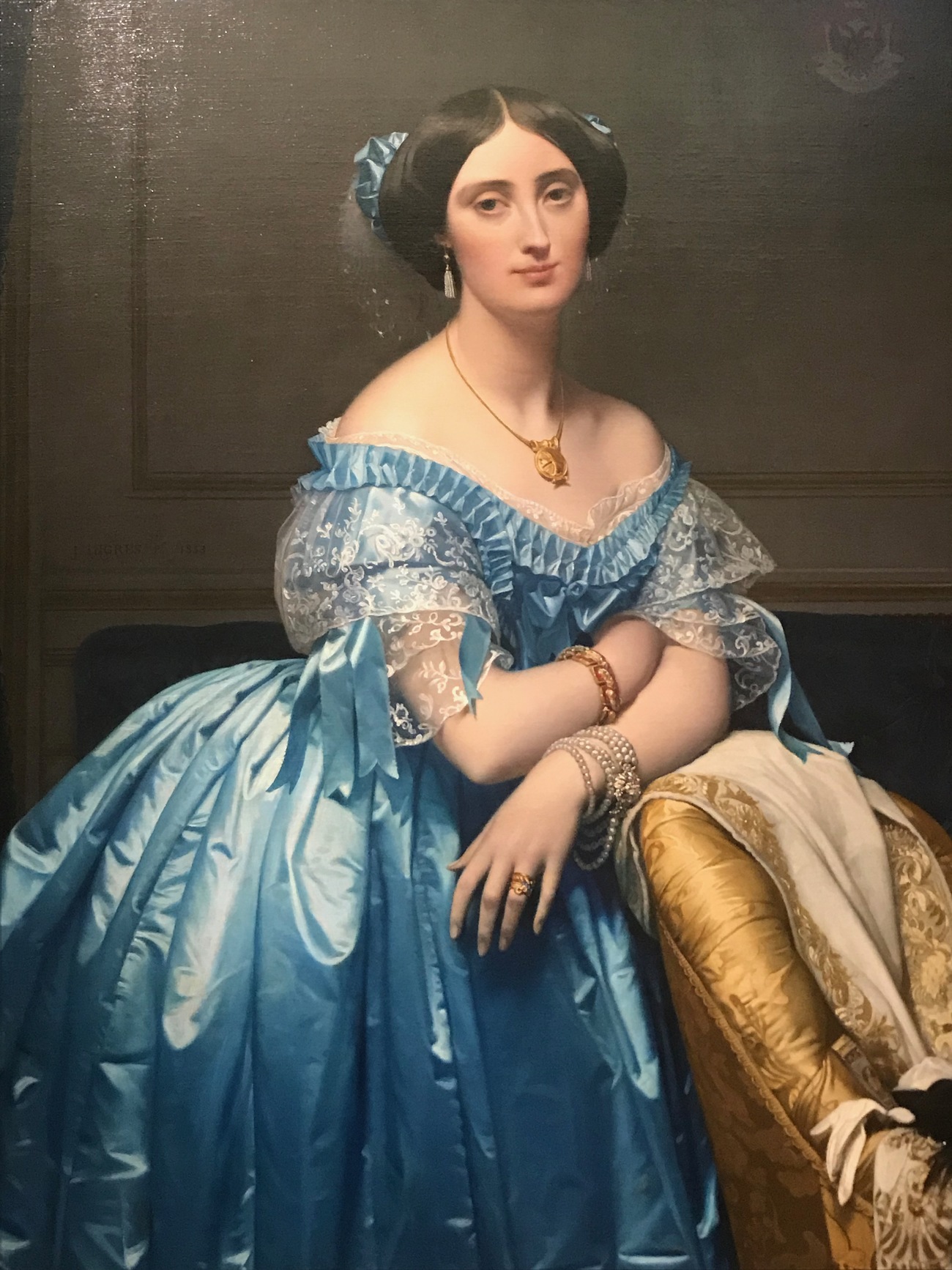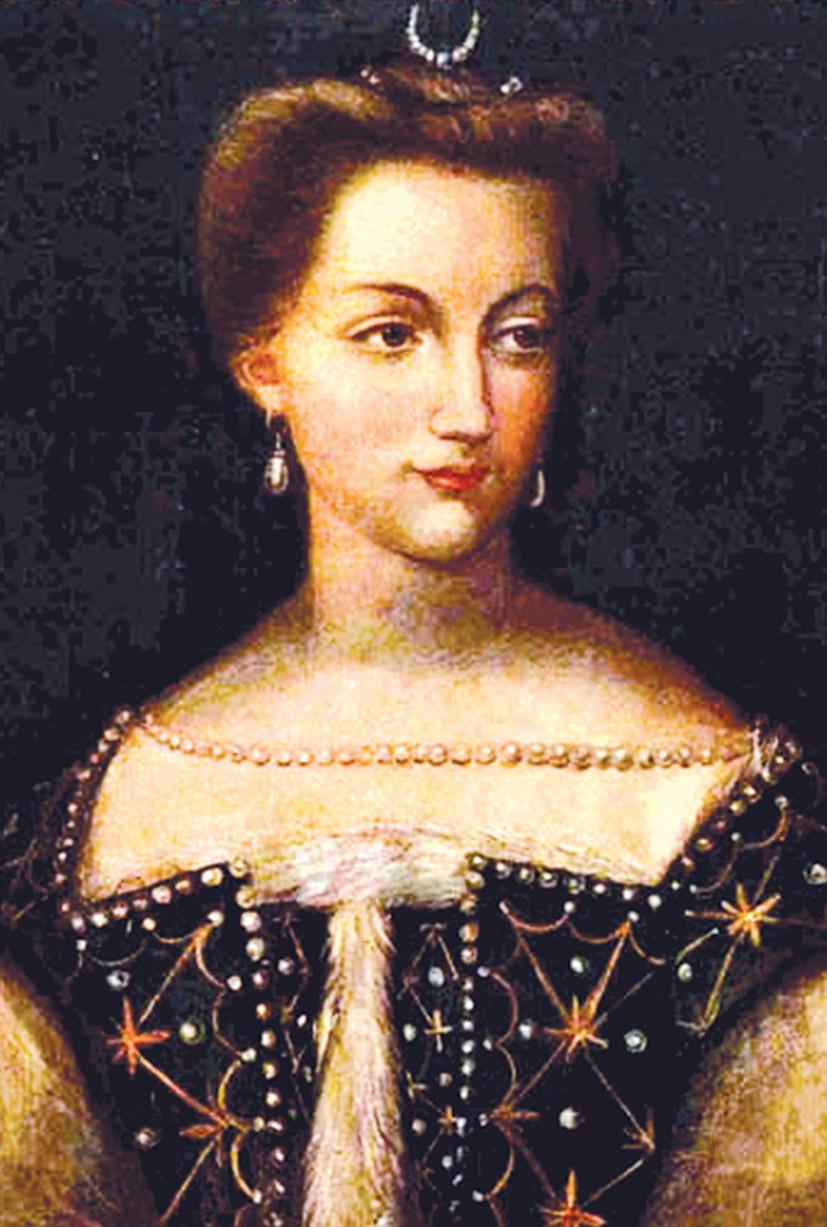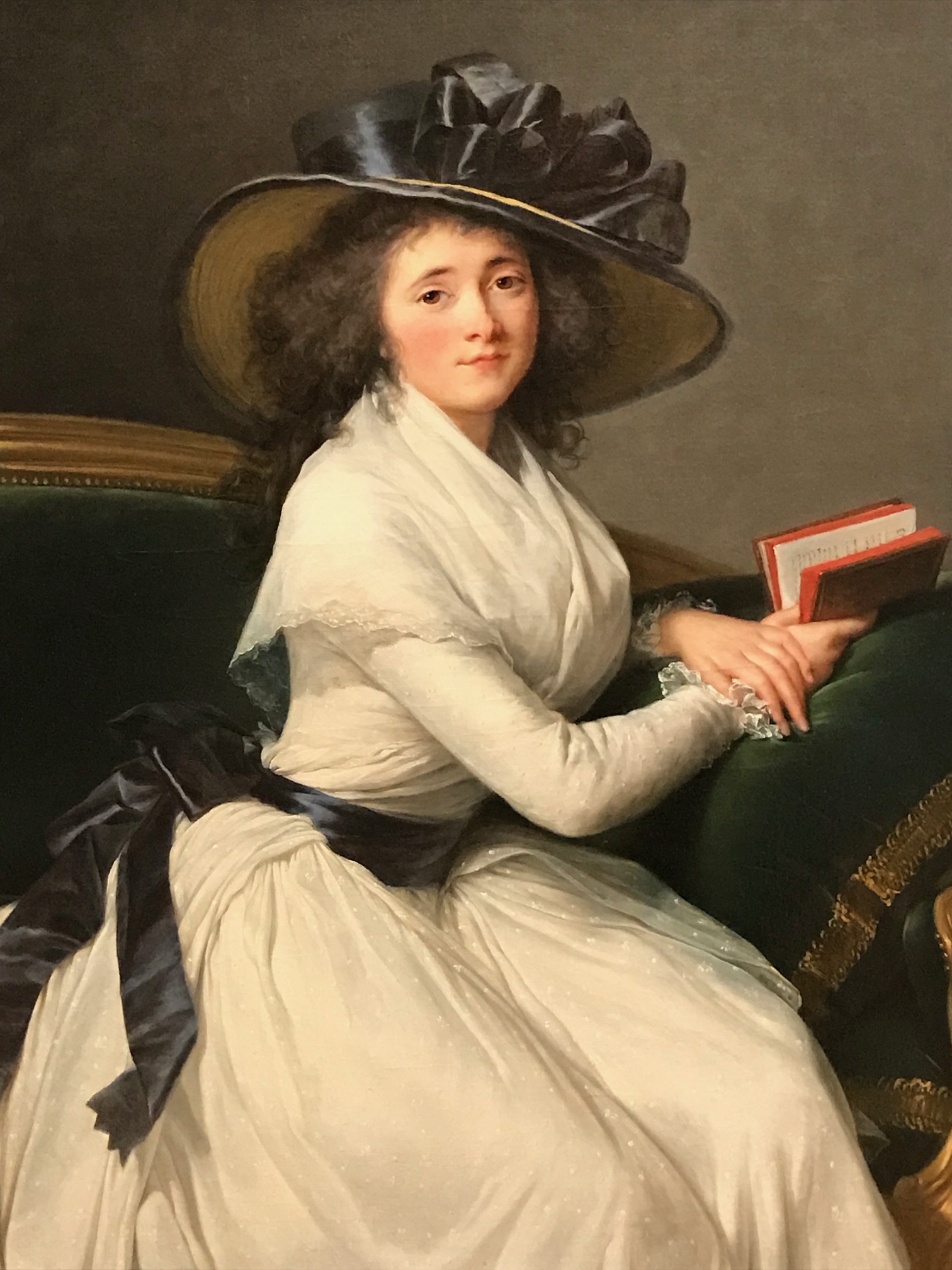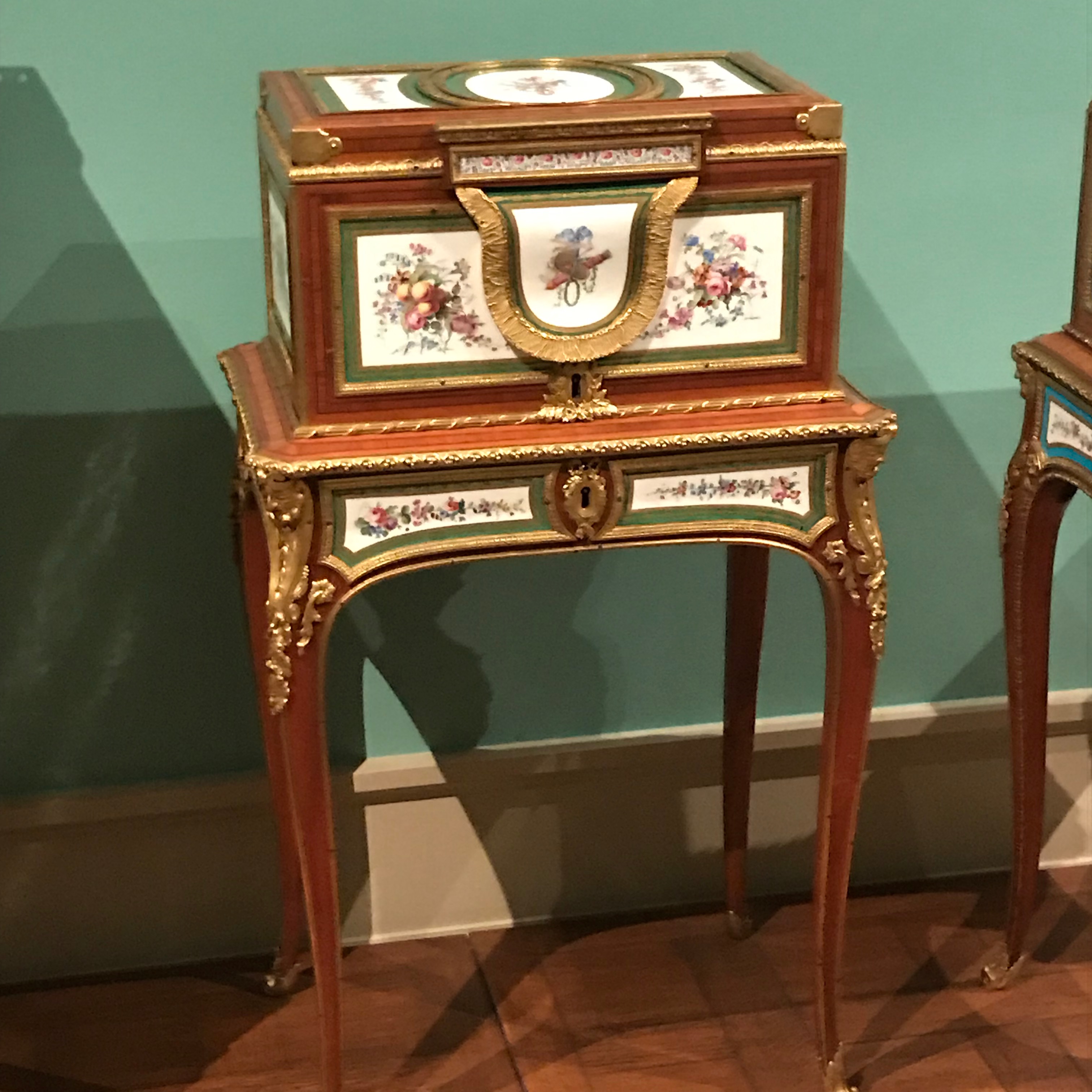
Use the code SHADYDEAL and get 10% off each ticket.
The French woman has been an object of fascination for centuries. Why is she so chic? How does she maintain her allure? What can I do to capture some of that mystery? If those questions have ever nagged at you, there’s no need to hire a shopping consultant to get the answers. Just visit the Met instead!
The Metropolitan Museum is a true temple of feminine beauty, housing countless examples of the je ne sais quoi that defines French mystique. Portraits of royal mistresses—such as Madame de Pompadour and Madame du Barry; Belle Epoque beauties like Madame X (actually an American expatriate!); perfume bottles, royal jewellery boxes, make-up tables and much more of the paraphernalia of seduction: these all adorn the walls and rooms of the Met, and form the heart of our tour of French feminine power.
We’ll tell you about their lives, their loves and their secrets that will make you (and made European men of their time) respond with the highest of compliments: the involuntary gasp of “Ooh la la!”
On this fun and informative 2 hour tour, meet:
- Anne de Pisseleu, mistress of François I, the great Renaissance king, who started a fashion for see-through tops at Fontainebleau…
- Diane de Poitiers, the duchess who fascinated King Henri II (Catherine de Médicis’ husband) for his entire reign—although she was 19 years his senior….
- Madame de Montespan, the woman so beautiful and witty that of all his subjects, male or female, she alone could yell at the Sun King, Louis XIV,
- Madame du Barry, a woman who (among many things) initiated a mode for bathing in rose water….
And many more: mistresses and queens, salonnières and artistes, the women who fascinated France and now rule over the Met’s fantastic collection!
*** Ticket price includes museum admission. Advanced purchase necessary.
Discounts available for seniors, students, and Metropolitan Museum members. ***



